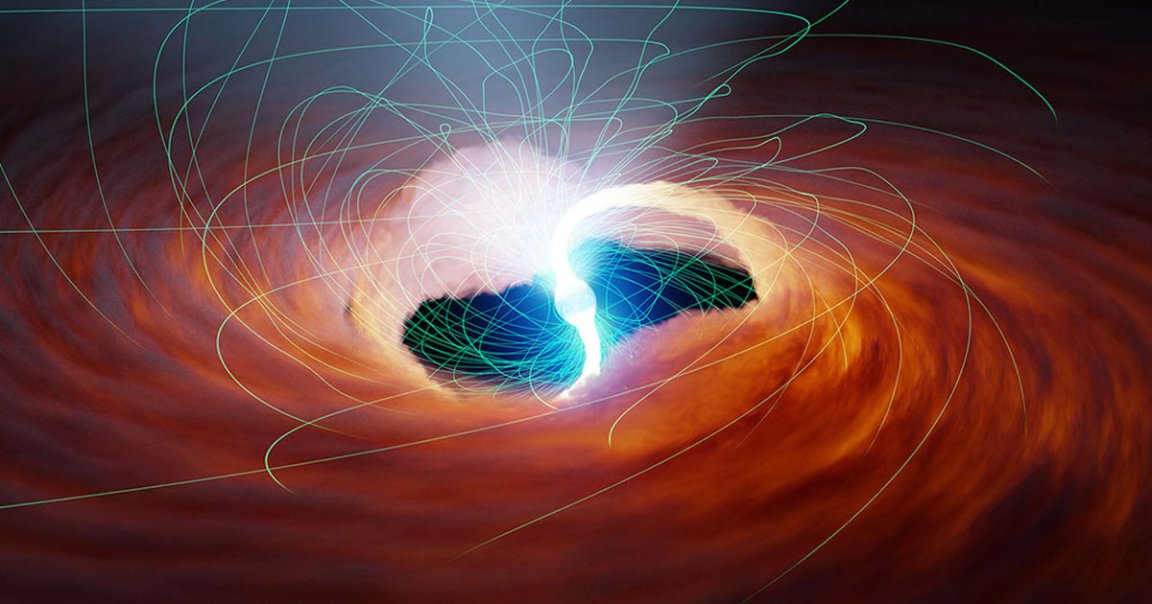
If you’re looking for some of the brightest objects in the cosmos, squint no further than ultra-luminous x-ray sources, or ULXs.
These loci of overwhelming luminosity have long puzzled astronomers because they at least appear to exceed what’s known as the Eddington limit, which restricts how bright an object can be based on its mass, by up to 500 times.
Many scientists, though, simply chalked this up to an optical illusion. But now, in a first-of-its-kind study published in The Astrophysical Journal, astronomers used NASA’s Nuclear Spectroscopic Telephone Array (NuSTAR) to observe a ULX designated M82 X-2 that’s ten million times brighter than the Sun, and confirmed that it does actually exceed the Eddington limit — no tricks of the light required.
Better yet, they believe they’ve uncovered the mechanism behind their stupefying brightness: magnetic fields so ridiculously strong, they’re impossible to emulate in a lab.
“These observations let us see the effects of these incredibly strong magnetic fields that we could never reproduce on Earth with current technology,” said Matteo Bachetti, an astrophysicist at the Cagliari Astronomical Observatory in Italy, in a NASA statement.
But first, let’s unpack the Eddington limit. In a nutshell, it describes a delicate balance between the outward push of an object’s light-producing radiation and the inward pull of its gravity, like in a star. If bright enough, the outgoing photons of light can actually overwhelm the object’s gravity, preventing wayward matter from getting pulled into its orbit and suspending them in equilibrium.
As such, astronomers used to think that ULXs were black holes that surrounded themselves with enough gas and dust that gradually heated up over time, eventually radiating light. This explanation would avoid the Eddington limit being defied.
But in 2014, M82 X-2 was discovered to actually be a neutron star, the incredibly dense core of a once massive star that collapsed in on itself without forming a black hole. As some of the densest objects in the universe, neutron stars wield a gravitational pull about 100 trillion times stronger than Earth’s.
So instead, the light from the ULX may be produced by gases and dust being smashed into the neutron star’s surface at millions of miles per hour.
It’s a ton of light, to put it, well, lightly. According to NASA, a marshmallow-sized object hitting such a star would release the energy of a thousand hydrogen bombs.
Proving that this would be enough to produce sufficient light to constitute a ULX is a whole other can of worms, however.
For their study, the astronomers determined that M82 X-2 was siphoning about 1.5 Earth masses of matter per year from a neighboring star — a hell of a lot, in other words. Through some clever calculations, they estimated that all this mass bombarding the neutron’s star surface would be bright enough to match the brightness of real-world observations of the ULX, proving that it does actually exceed the Eddington limit.
Previous hypotheses suggested that ULXs only appeared exceptionally bright due to accreted gas and dust that formed cones that amplified their underlying light source, especially if pointed toward the Earth.
Now, the astronomers are more confident in a recent hypothesis suggesting that, at least with this ULX, the ludicrously strong magnetic field of its neutron star could be distorting the shape of nearby atoms, allowing them to slip through the otherwise overwhelming push by the star’s radiating photons and come crashing into its surface.
Whatever the cause, the astronomers are at least armed with ample proof that the Eddington limit is being broken — but only further observations will be able to vindicate their findings for ULXs at large.
“This is the beauty of astronomy,” Bachetti said. “We cannot really set up experiments to get quick answers. We have to wait for the universe to show us its secrets.”
More on space: JWST Looks Back In Time And Discovers Oldest Known Black Hole in the Universe